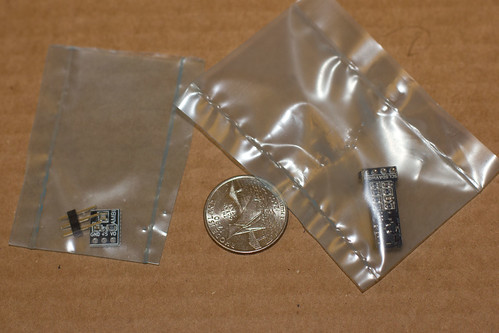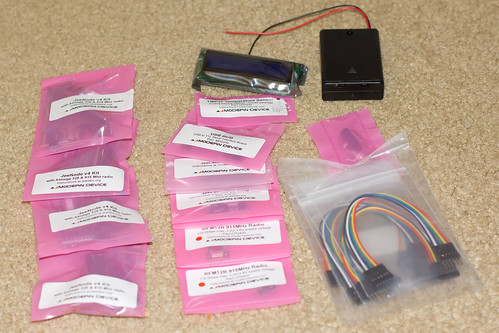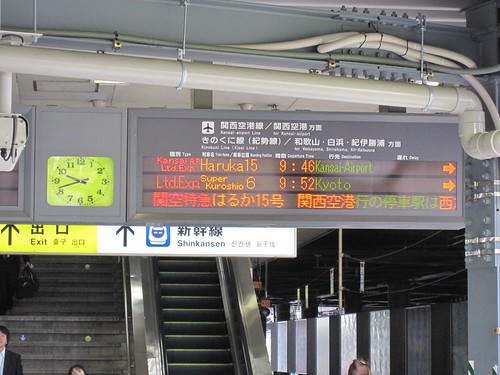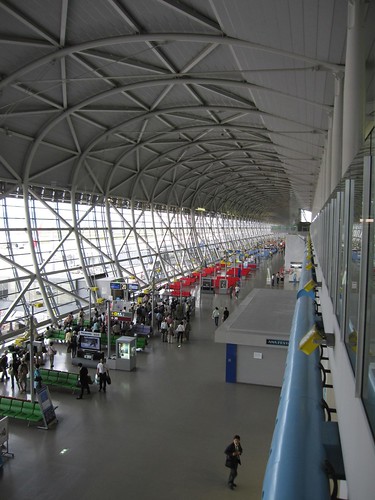I first read about this project as a short article in an architecture magazine, the details were sparse but I really like the ideas. I looked a little deeper and I discovered that the people behind the project had published an entire book detailing the project.


This project, more than any other, is what inspired my thesis.
The Media House Project was a joint project between UPC. Barcelona Tech and the MIT Media Lab back 2001-2002. MIT focused on developing new technology for the home and Barcelona Tech did a series of studies on how integrate MIT's work into a new Architecture.
The House is the Computer
The Structure is the network
This statement sets the framework for the project. Instead of the computer being separate from the house, it is integrated into the structure of the building
Most of the book was student essays detailing different aspects of the project.
Some of my favorite essays were:
Intelligent Environment: This looked at how we can augment our lives with microcomputers.
Housing X-Ray: A photo essay that deconstructed the lives of several families to show how they live in their homes. It also looked at all of the stuff, furniture, knickknacks, toys, we place inside of our homes.
Intelligent Space: Discussed the MIT Smart Rooms Project, and how it can be incorporated into a building
Structural Model: discussed network layouts: MegaBus - Devices share a common pipeline. Ring - devices are on a ring and pass data in circular fashion. Star, Structure and Relations - devices branch off of a central node.
Structure Vs Infrastructure: How MIT integrated their Internet 0 network into the the structure of the full scale demonstration Model. They used a system similar to that used in track lighting, where devices could be added as needed to the structure.
Media Kitchen: This proposed an early version of the
Microsoft Surface. They proposed using them in the kitchen as a way to organize food, layout meals, display cookbooks and more.
Play place - a show case of technology for educating and entertaining children in the house. It's a lot like
Microsoft Kinect for Xbox
Chromotherapy - An experiment of using Colored Light to affect the mood of the people in the dwelling
Domos House Website - Discussed a web interface for the House, Lots of great ideas, but a lot has changed in webdesign since this book was written.
Presentation - I love the way the presented this project to the public. They built a full scale model of their experiments and then put on a performance, like a stage show, with the students showing how their piece of the project works
Agenda for the Informational Home - The Closing statement of the book laid out 6 areas for the "Future Informational Home", (i would simply call it a smart house).
1) Internet 0: the house a great brain,
2) Internet 2: large format video.
3) Informational structures (building the network into structure of the house)
4) Manufacturing dwellings,
5) Open dwelling: flexibility of distribution,
6) The house's website
These are the 6 areas I am focusing my Thesis on. My Plans:
1) Build a simple network using off the shelf parts (Arduino).
2) Not critical but worth noting: Youtube, gigiabit lan and fiber optics already exist today, and Internet 2 is well on it's way.
3 & 4) I think these go hand in hand, the future of housing is in modular construction. I think any sort of sensor network could easily be integrated inside of these modular parts and be snapped together onsite.
5) My proposed sensor network makes traditional wiring obsolete. Switches and Light bulbs are independent, and can be reconfigured on the fly.
6) I think the interface to the house is one of the most important parts. How do you see the information the house is producing while your at home? at Work? away at vacation? How do show off your greeness online on Social Media?









